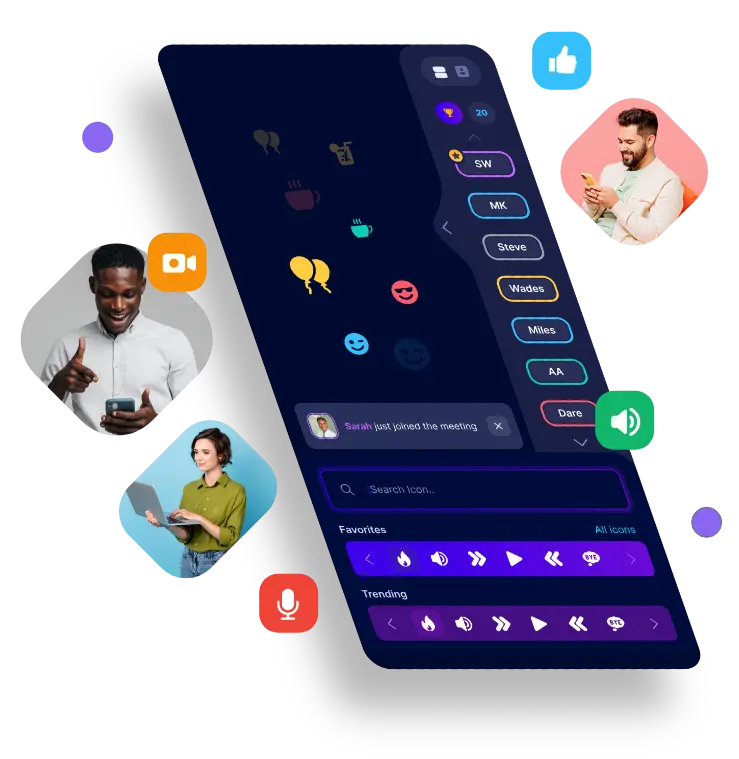
Gamification that Delivers Results
The 10 Year Research Journey Behind Townhall
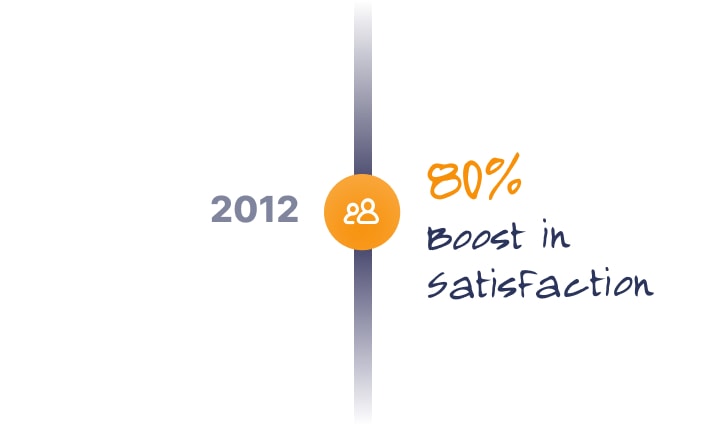
2012: Identifying a True Solution
Dr. Larysa Nadolny inherited a typical large-scale university course plagued by subpar attendance rates, and disappointing course evaluations. Dr. Larysa struggled to motivate the learners, then had a spark! Why not restructure the course so it motivates the attendees automatically? She completely redesigned the course through gamification and the results were staggering. Attendance spiked to 95% and course satisfaction was boosted by 80%. The spark was confirmed!
What's Gamification?
It is the strategic application of psychological techniques utilized in game design (eg. scoring, rewards), to non-game environments. It transforms mundane training into energizing experiences, often resulting in increased participation and achievement.
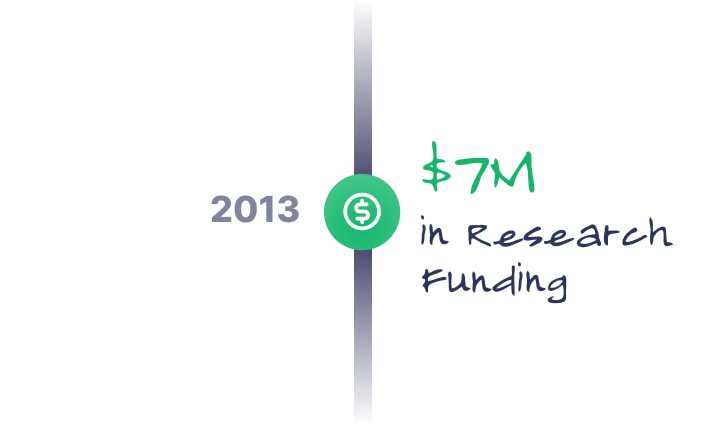
2013: Building a Robust Foundation
Dr. Larysa experienced overwhelming demand for her techniques and secured over $7M in funding from esteemed partners such as the National Science Foundation (NSF), the United States Army, the Financial Industry Regulatory Authority (FINRA), and Verizon to further her gamification research. The results poured in, resulting in over 30 publications in peer-reviewed journals and books authored by Dr. Larysa. It was confirmed, Dr. Larysa’s techniques can deliver statistically significant improvements in performance.
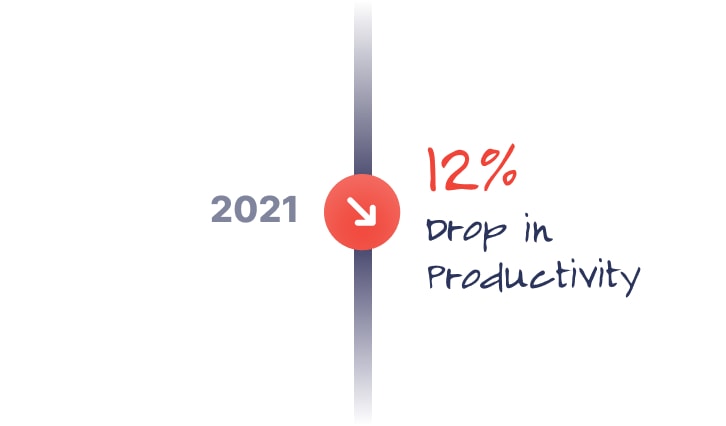
2021: Addressing a Global Shift
The Great Resignation is in full effect and people have permanently shifted work habits to a remote or hybrid structure. But, Zoom fatigue sinks in and online communication is both stressful and unproductive. Dr. Larysa identifies a direct correlation to her research and has another spark! Why not restructure the virtual experience so it engages attendees automatically? Townhall was born.
How Big is the Engagement Problem?
Stop the Meeting Madness, HBR 2017; Gallup State of the Global Workplace, 2022
71% of senior managers view meetings as unproductive, yet a 1000-person firm holding monthly all-hands meetings invests roughly $1M per year on this one meeting alone. This combination of poor, yet required meetings breeds disengaged employees, which costs the global economy $8.8 Trillion annually.
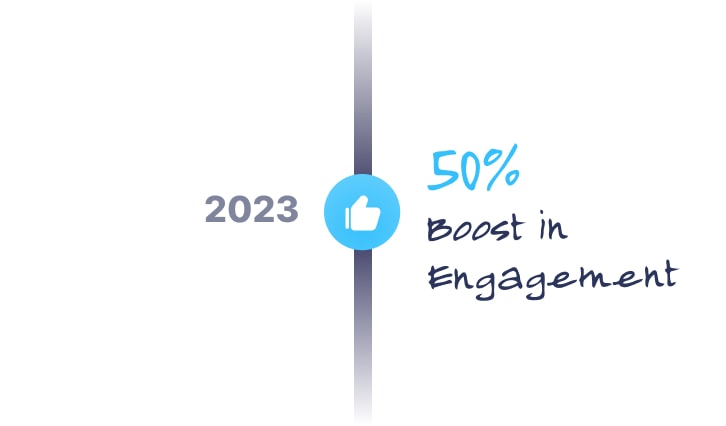
2023: Solving Virtual Engagement
After two years of development, Beta testing and fine tuning, the powerful and elegant Townhall launches on the Zoom app marketplace. Perfected by Dr. Larysa, Townhall smartly weaves research-based game mechanics into your training sessions or meetings to boost engagement and productivity by up to 50%. Stress goes down and participation goes up – creating an energizing experience!
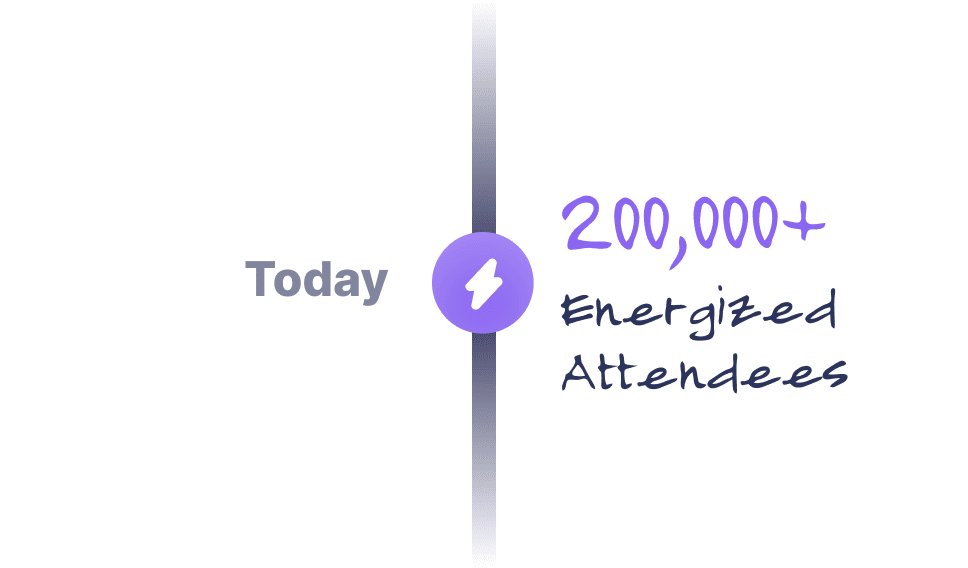
Today: Scaling the Solution
After energizing 200,000+ attendees and analyzing over 10 million engagement data points we know exactly how to boost engagement and learner performance. The Townhall gamified design boosts engagement and gets your learners to show up, speak up and work harder. Making it easier for you to deliver epic Zoom sessions. We’d love to collaborate, so please reach out so we can plan your next Townhall!
Gamification that Delivers Statistically Significant Results
70% Increase
Adult learner participation increases 70% in a Financial Literacy course!
View All 30 Publications
Gamification:
Participatory Gamification Design: Navigating Diverse Perspectives (2022)
Game Research Trends at the Annual ASEE Conference: A 15-year Content Analysis (2021)
Gamification of Chemical Engineering Pathways: Evidence from Introductory Courses (2021)
Integration of Video Games To Support the FCS Education Food Production Standards (2021)
Examining the characteristics of game-based learning: A content analysis and design framework (2020)
Customizing Students’ Learning Experiences while Designing an Online Course (2017)
Student participation and achievement in a large lecture course with game-based learning (2016)
EPIC WIN: Designing for success with game-based learning (2016)
Designing for game-based learning: The effective integration of technology to support learning (2015)
Virtual Reality:
Practising conservation biology in a virtual rainforest world (2016)
In-World Behaviors and Learning in a Virtual World (2014)
SciEthics Interactive: science and ethics learning in a virtual environment (2013)
Ethics in Engineering Education Using Virtual Worlds (2013)
Poetry in the Raw: the use of avatar names in the development of identity in virtual worlds. (2011)
Augmented Reality:
Interactive print: The design of cognitive tasks in blended augmented reality and print documents (2017)
The impact of an augmented reality lesson on student achievement and motivation (2015)
Ed Tech (K-12):
Minecraft and elementary literacy learning: The perspectives and ideas of preservice teachers (2022)
Screening Bot: a Playground for Critical Algorithmic Literacy Engagement with Youth (2021)
Recommendations to support computational thinking in the elementary classroom (2017)
Designing with game-based learning: Game mechanics from middle school to higher education (2017)
Connecting future teachers with the teachers of today (2011)
EXTENDED LEARNING- Utilizing Social Spaces and Mixed Reality in Academic Environments (2011)
Implementation and outcomes of a laptop initiative in career and technical high school education (2008)
Technology:
Empathetic Play: Proposal of an Interactive Storytelling Game as an Intervention to Cyberbullying (2018)
Using coding apps to support literacy instruction and develop coding literacy (2016)
EXTENDED LEARNING (2011)

